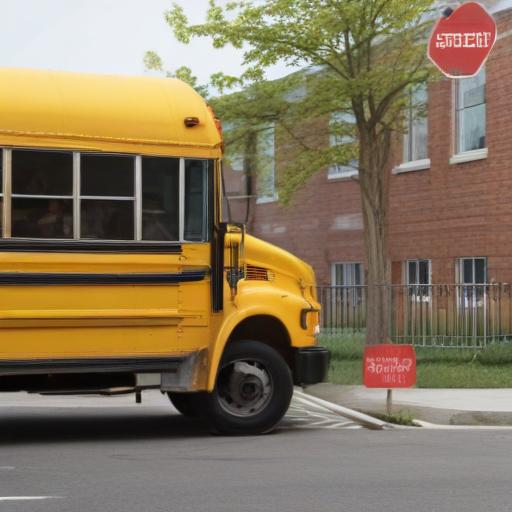SEPTA is advising families in the Philadelphia area to proactively plan their children’s transportation as they prepare to return to school next month. With all 55,000 students who utilize SEPTA’s bus and train services facing significant service reductions, officials describe the situation as a “doomsday” scenario for many riders.
Andrew Busch, SEPTA’s communications director, noted the challenges that families will encounter, stating students will likely need to wake up earlier to ensure they reach school on time. Due to the impending cuts, students may find themselves needing to make more transfers than usual, which necessitates allocating additional time for travel.
These service cuts, necessitated by a staggering $213 million budget deficit, will be implemented on August 24, just one day before the academic year begins. This first wave of reductions involves the elimination of 36 bus routes, the closure of 3,000 bus stops, and a 20% overall decrease in service. The areas worst hit will include the northeast and northwest neighborhoods of the city—regions already experiencing less frequent transportation services.
Busch expressed concern about the pronounced impact on students residing in less densely populated areas, where the withdrawal of bus routes would exacerbate transportation difficulties. Both SEPTA and local politicians are actively appealing to the Pennsylvania General Assembly for additional funding to mitigate these cuts. However, Busch cautioned that should funding arrive late, reversing the planned reductions would be complicated and time-consuming.
In response to these changes, The School District of Philadelphia is collaborating with its transportation department to provide families with pertinent information regarding their options as the school year approaches. Beginning Monday, SEPTA will also start displaying notices at all affected bus routes and stops. Families are encouraged to check SEPTA’s website for further details on the service adjustments.
This proactive approach by SEPA emphasizes the importance of preparation amidst challenging transport scenarios, aiming to ensure that students are ready for the upcoming school year despite the obstacles ahead. With continued advocacy for funding and strategic communication with families, there remains hope for a more manageable transportation situation as the school year unfolds.
